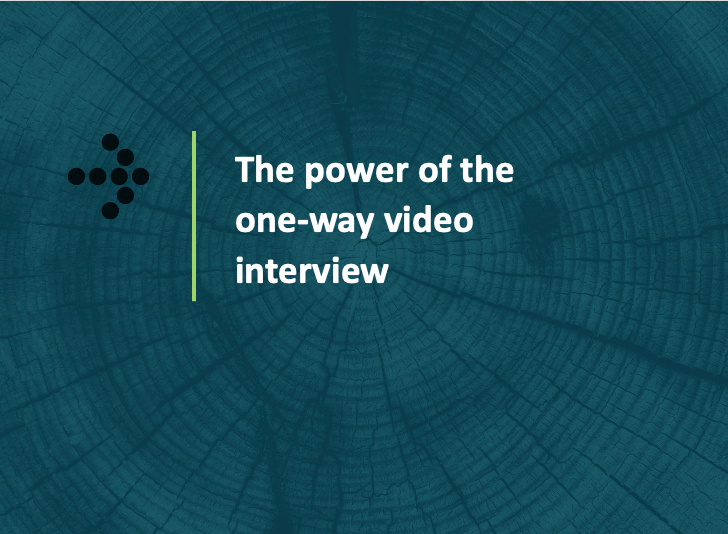The power of the one-way video interview

Asynchronous (or one-way) video interviews (AVIs) are starting to gain huge traction among recruiters. The practice involves setting a few questions for a candidate, which they then answer in a video and send back to the hiring manager. This allows companies to interview and shortlist candidates in a fraction of the time it would normally take. In some instances, as many as 10 AVIs can be done in the time it would take to do one face-to-face interview.
Candidates are asked exactly the same questions, in exactly the same manner. This ensures that the candidate experience is consistent, thus improving fairness and objectivity.
AVIs are more convenient for line managers and HR because they remove the need to schedule diaries and align calendars. They’re also convenient for candidates, who can complete their interviews in their own time, on any device.
Convenience is not the only benefit, though. Video interviews also make collaboration easier for recruiters and hiring managers. For example:
- Interviews can be rated on a standardised format
- Commenting/adding notes on interviews is really easy
- recruiters and line managers have the ability to review video interviews at any time
- Advanced algorithms automatically combine different raters’ scores and weight scores separately
The AVI will enhance candidates’ experience of your hiring process and eliminates the opportunity for reviewers to prompt, elaborate and ask follow-up questions. This ensures all candidates are given the exact same opportunity to excel, and eliminates halo effects, and other forms of bias.
AVIs also reduce interviewer bias by eliminating the opportunity for some candidate to just “get along” better with specific reviewers than others.
The use of standardised rating scales and other scoring aids ensures that reviewers are better able to score the correct behaviours when they view the candidate interview. This also increases consistency and objectivity.
Making use of the one-way video interview also eliminates the chance for reviewers to discuss a candidate’s video prior to scoring it. This means there is less opportunity for reviewers to adapt their initial impression of candidates due to the opinion of their colleagues, and leads to a truer reflection of the reviewer’s opinion of the candidate.
Thus, asynchronous video interviewing is not only quicker and easier than traditional interviews, but also increases the reliability and validity of the entire hiring process.
Read more about Evalex’s asynchronous video interview offering, VIA, on our blog.